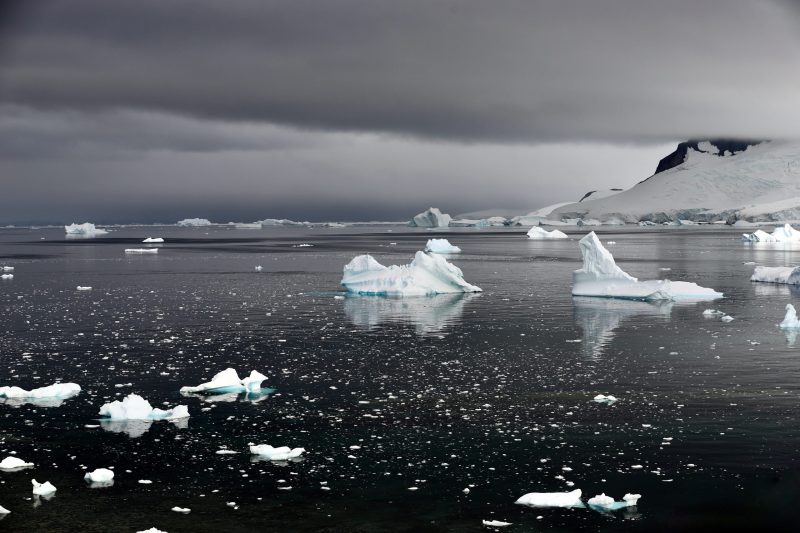-
Rainfall relief for Northern Australia during El Niño: New research

New research finds a significant interaction between the El Niño-Southern Oscillation and Madden-Julian Oscillation, with major implications for Northern Australia.
-
Understanding how groundwater dynamics impacts droughts and heatwaves using a land surface model

The presence of groundwater in forested areas reduces rainfall loss in wet periods and maintains soil moisture in dry periods.
-
Studying the ocean around Antarctica using ocean models

This study is an example how models help us to examine and understand how ocean currents behave and how they impact our environment.
-
How will the Madden-Julian Oscillation respond to climate change?

As the tropical climate warms, the intensity of rainfall and winds associated with the Madden-Julian Oscillation as well as their patterns may change, leading to intense debate and scrutiny of how extratropical weather will be affected.
-
Rapid rain bursts in Sydney have intensified by 40% in 2 decades

The findings have major implications for Sydney’s preparedness for flash flooding and associated impacts in the future.
-
Research Brief: Calculating the contribution of an individual to making extreme weather events more likely

This paper focuses on a case study to provide a methodology for how the costs associated with an extreme weather event may be shared between citizens and envisage how such a system could look in future.
-
Research Brief: Regional variations in projections of recent changes in the western boundary currents

Strong ocean currents are found on the western side of the ocean basins, which flow from the tropics toward the poles in both hemispheres. These western boundary currents have shown strong changes in the last few decades, resulting in intensified ocean warming and are projected to amplify further in the future.
-
Research brief: Measuring spread in spatio-temporal changes of ocean heat content estimates

90% of the heat trapped on Earth by anthropogenic greenhouse gasses is absorbed by the ocean, with the unfortunate by-product of thermosteric sea level rise – as the ocean warms, it expands. Therefore, it is essential that we can accurately measure how much heat the ocean is absorbing over time.
-
Research Brief: The impact of climate change on future photovoltaic power potential in Australia

This study assesses long-term changes in Australia’s future photovoltaic potential and the effects of projected changes in our climate on PV power generation capacity for the near and far-future periods.
-
Research Brief: Seasonal and Interannual Variability of the Weddell Gyre

The Weddell Gyre, located east of the Antarctic Peninsula, is one of the largest features of the ocean circulation of the Southern Hemisphere. A deeper understanding of the dynamics in this remote region will shed light on the role of the gyre in our present climate and help us understand its potential evolution with climate…
